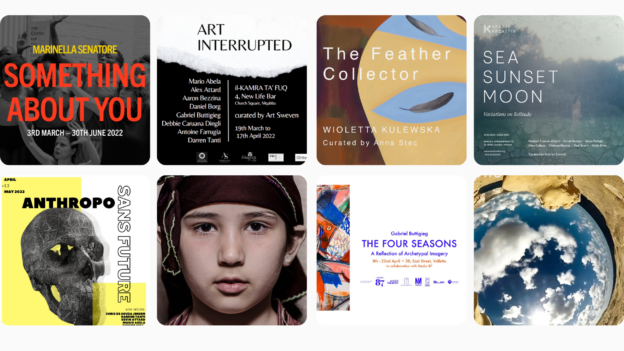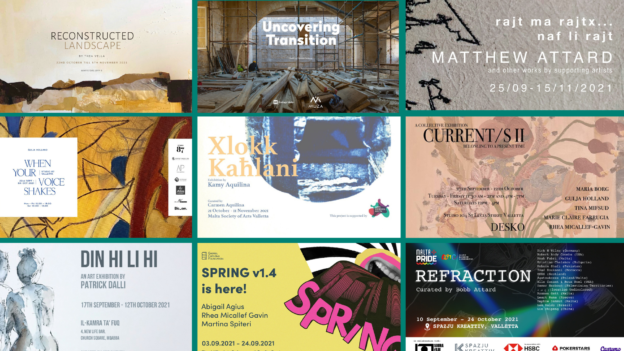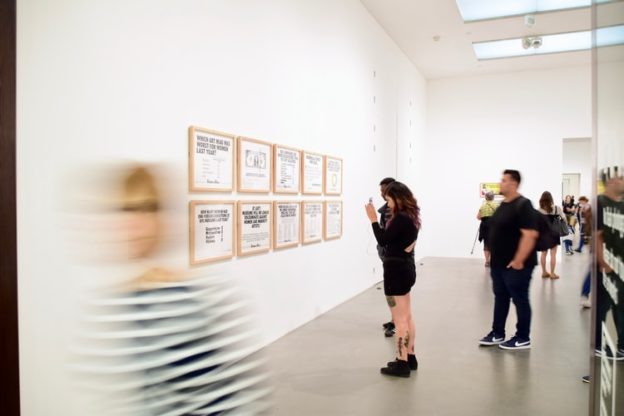Introducing Artists Aidan Celeste & Johannes Buch

Tell us about how your practise started?
We’re both incessantly cryptic and good at reading the unknown parts of each other’s process. In 2019, we shared a house with a few other artists. The lines between the kitchen, the garden, and the studio started to make themselves disappear. You’d glance at one object on a shelf, and discuss it over brunch. In retrospect, I realise that good hospitality was essential, and I’d like to thank the values of The Amber Spark for that. It was clear that over the next year, pandemic and all, our work took on a more domestic size and shape, and both of us were open to one-on-one collaboration. The first plan was written on a scroll, one metre on the side, and endless in length titled a straight line of collaboration. Torn in half, rolled up, and placed against a wall, you could not see any of the notes, nor the string which holds it together.
Aidan Celeste (left) & Johannes Buch (right).
What is your preferred research method?
Walking is an essential part of our practice. Initially, we came across each other’s work, or photos of it, more than we came across each other. The landscape, especially harbours and their coastline, provided a good point of contact for our imagination. It was a way to ground our ability to interpret, and also change our experience of the same old ideas with something that feels real. Formal research can help bring out the underlying value of this process. It makes the outcome more tangible with a formal output. Under a traditional system of knowledge making, such as an MA, Mphil, or otherwise, it can also prove useful for the long term. The artistic method is more tactical. It challenges the formal structure of research. It is more about luck, experience, and finding the right time and place to use it in. This takes a level of insight, and commitment to look for a single idea which works, and to scratch out over a thousand other bad ones. It’s highly laborious, not efficient, and the best idea is always a good surprise to us both.
‘How to beset the stage: YOU ARE NEXT’, virtual installation view from ’20’s Take Two’ exhibition and public iteration in Valletta as part of Valletta Cultural Agency’s InnovAIR residency program.
Tell us a bit more about the piece you contributed to ‘The 20s Take Two’ exhibition. What was the inspiration? What was your process? What techniques did you use?
We engaged with essential shops to help make sense of 2020. As our social life lost its footing, we introduced shopkeepers to the work of Duchamp from 1920, including his provocative statement, Why Not Sneeze Rose Selavy? By itself, the statement never made sense, but in the context of another pandemic, it was a good primer for conversation, and as a step forward to understand the strange times we live in. In response, locals shared their story about anxiety, finding relief in fixing whatever they can, and meeting one another at an ironmonger with the friendliness of a bar. The outcome included zines, and a webinar to share the process. The primary output is a set of text based work for their windows and stalls. The object shown here is based on installing the text, YOU ARE NEXT on an aperture, such as a showcase at a shop, or a window which overlooks public space in a gallery.

‘How to beset the stage: Does my bird really need the bone of a cuttlefish?’ produced during Valletta Cultural Agency’s InnovAIR residency program.

Where do you see yourself in 5 years?
Metaphorically painting more than one canvas at a time. Ideally, we can work across countries, and build a three legged media art imperium. Facebook did it with IG and Whatsapp – maybe a little less invasive, less enraging, more empowering, and with better people at the helm. Jokes aside, our focus is building a lifelong collaboration in fields that both concern us politically, such as heritage, climate, autonomy etc…, and can also provide support with an active income. The world of education and academia seems like a good host for the future we want. The traditional option is the art market, but neither of us believe in a stage-by-stage career for the arts. It’s all hype and blinded by a survival bias. Statistically, full time artistic practice is responsible for more poverty than it is for wealth, health included.
So what’s the third option after education, and the market? It is probably time for an ugly word like art-entrepreneurship (I can’t even spell this properly), but we really don’t know what the future holds. For now, we’d rather focus on first, making work, and first again, finding a hospitable environment to do so. As of late, we are working on a more formal approach to host online collaboration. It is an offshoot of two communities coming together, the residents and alumni of De Leceiras 18 in Portugal, and the former participants of Driven By Points Made Apart (Supported by the Arts Council Malta). This online space takes the shape of an open studio by a loose collective of artists and you can follow us on www.temporary.show.





Responses